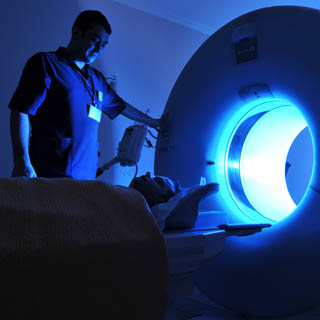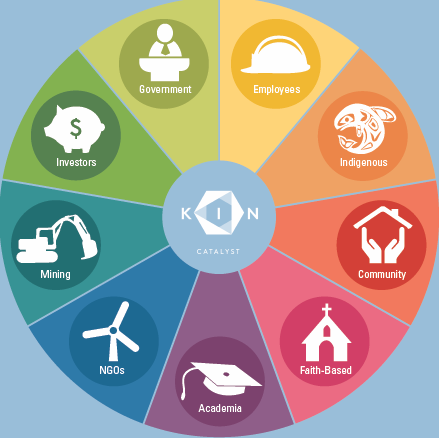
Economies of scale, a cold concept easily conjuring up images of industrial production, is rarely associated with healthcare—the emotionally-charged business of caring for and saving people’s lives. Yet economies of scale might be just what the doctor ordered for the healthcare industry. Open-heart surgery in the US costs between $20,000 and $100,000. Narayana Hrudayalaya’s flagship hospital in India charges on average $2,000 for the same, if not better, service. Even accounting for lower labor costs, how can such substantial savings be achieved? Using a combination of business-model and process innovation to lower the cost of cardiac surgery, Narayana Hrudayalaya has revolutionized the access, volume, and reach of its facilities to become one of the fastest-growing healthcare businesses in the world.
Along with reinventing the entire surgical procedure, eliminating inefficiencies and optimizing for quality, the company is reaping the benefits of economies of scale. The large number of patients passing through Narayana Hrudayalaya’s facilities allows doctors to focus on one or two specific types of cardiac surgery, develop specialized skills and gain more experience faster.
Medical equipment also has high utilization rates and is typically used 15–20 times per day, 3–5 times higher than in a comparable hospital in the US. Manufacturers supplying Narayana Hrudayalaya make a profit from consumables used by the equipment in return for leasing that equipment for free. In the words of Dr. Devi Prasad Shetty, the founder and chairman of the Narayana Hrudayalaya Group, “Because we implant the largest number of heart valves in the world, we get heart valves at a lesser price.”
Narayana Hrudayalaya has attracted foreign patients from Europe and the US and is opening a new 2000-bed facility in the Cayman Islands to bring the highly efficient hospitals closer to the US market. It’s a great example of reverse innovation—one that originates in a developing country and is later adopted in developed markets. To what degree that reverse innovation will extend beyond medical tourism to adoption of similar business models and processes by US healthcare companies remains to be seen.
“What healthcare needs is process innovation, not product innovation,” says Dr. Shetty. In an interview with Clareo’ Satish Rao, he explained his broader vision: “To enable every man, woman and child to have access to high-tech healthcare within the next 10 to 15 years, including in the poorest regions of the world.”
With that vision in mind, Narayana Hrudayalaya is innovating in other areas such as telemedicine. The company has partnered with Asia Heart Foundation to create a network of Intensive Care Units and telemedicine centers providing 24-hour support in treating patients and rendering specialty outpatient consultations. As Dr. Shetty points out, “telemedicine makes ordinary people do extraordinary things.” And that’s what innovation is about.
Read more about Narayana Hrudayalaya and other leading companies that grow through innovation in Growth Champions: The Battle for Sustained Innovation Leadership (Growth Agenda), with contributing authors Peter J. Bryant and Satish Rao.


